Nature Photography by Richard L. Bowman
Birds & Other Animals Blog
Birds & Other Animals Blog
Elise and I lived for three years in Belize (1970-73), and had not been back since we left. But Belize has always had a special place in our hearts. So after our retirement in 2012, we made a return visit from September 20-October 1, 2012. Below are a few photos from there. Visit my other two nature blogs and my return visit page for more photos.
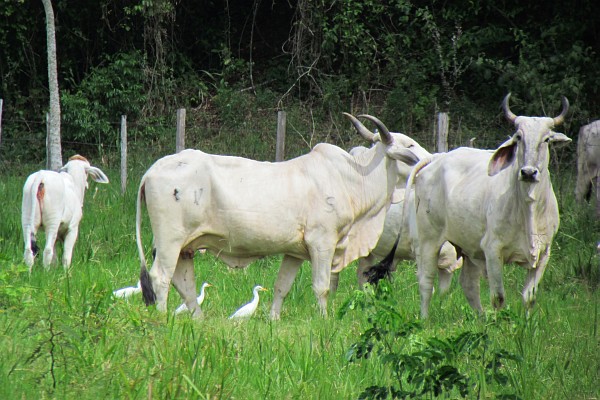
Braham Cows and calf with Cattle Egrets, near Spanish Lookout, Belize (27-Sep-12; © Richard L. Bowman)
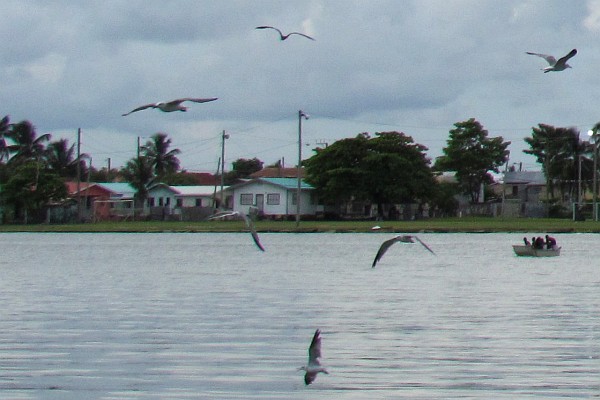
Seagulls playing over the Caribbean Sea, Belize City, Belize (22-Sep-12; © Richard L. Bowman)
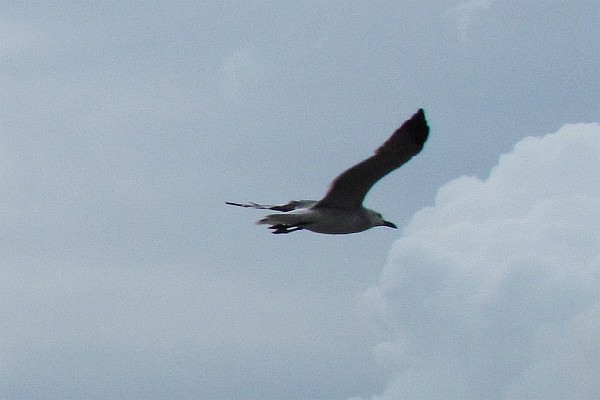
Seagulls in flight, Belize City, Belize (22-Sep-12; © Richard L. Bowman)
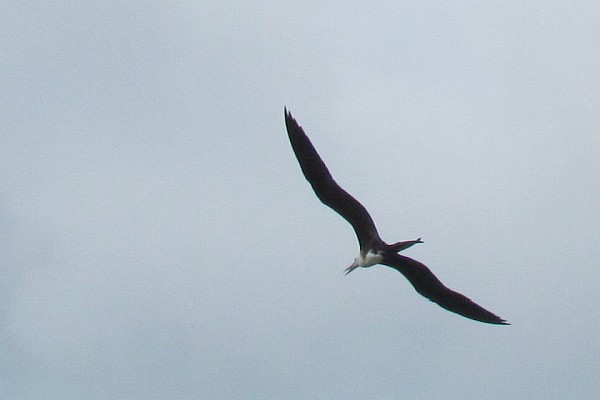
Juvenile Magnificent Frigatebird in flight, Belize City, Belize (22-Sep-12; © Richard L. Bowman)
The Magnificent Frigatebirds are large birds with a wingspan of more than 7-feet and a body length of about half of that. Visit here for more information.
OK, it is really "pecking away at the bird feeder," but that seemed too mundane. Or we can call it the return of the woodpeckers. Last month (scroll to about the middle of the page) I posted photos of a Red-bellied Woodpecker pair that were taken on January 22. On February 8, I got some more photos of the pair plus a Downy Woodpecker.
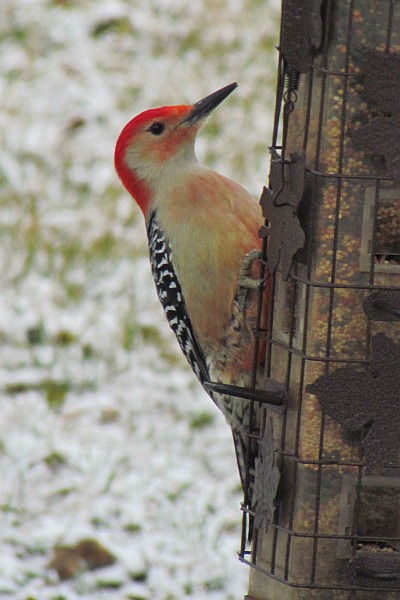
Male Red-bellied Woodpecker (8-Feb-13; © Richard L. Bowman)
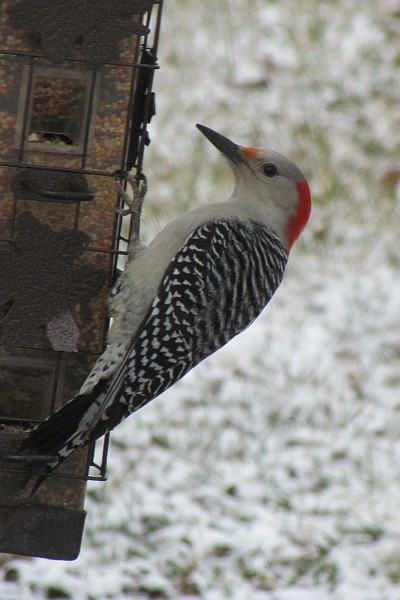
Female Red-bellied Woodpecker (8-Feb-13; © Richard L. Bowman)
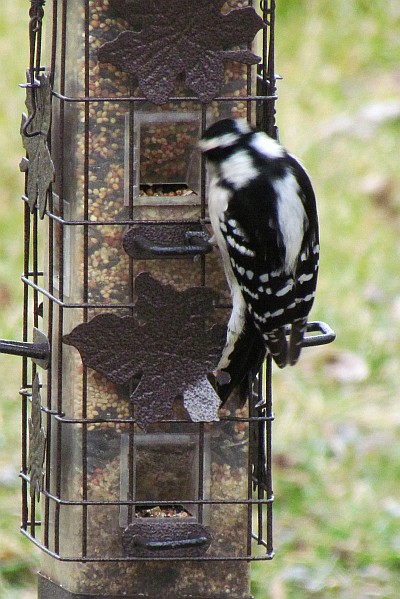
Female Downy Woodpecker (16-Feb-13; © Richard L. Bowman)
I will admit that I am not 100% sure of the identification of the Downy female, so let me know if you have another suggestion.
On Saturday I was able to get two more pictures of the pair of Cardinals visiting our backyard. The female was caught in the act of eating a sunflower seed.
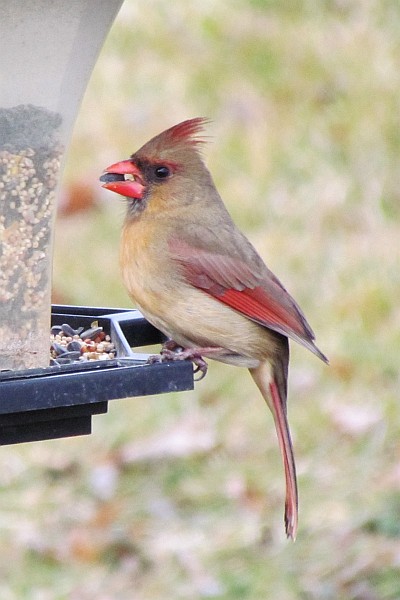
Female Cardinal cracking a seed (16-Feb-13; © Richard L. Bowman)
And the male Cardinal was proud to show his plumage.
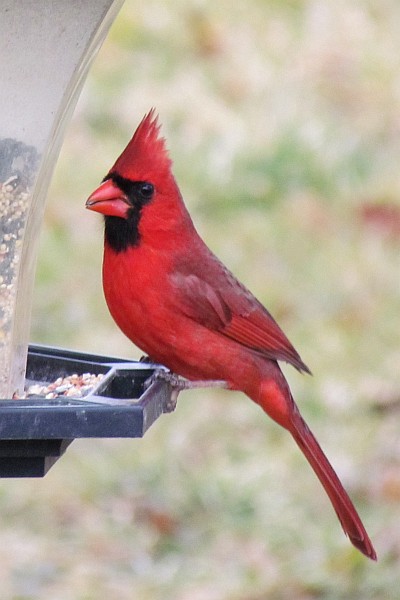
Male Cardinal showing off his crest (16-Feb-13; © Richard L. Bowman)
Comparing these two photos with those I took a few days earlier and posted on February 14, I'm wondering if they are the same pair. Or do we have two pairs of cardinals in our neighborhood? Maybe the answer is simply that the above photos were taken on a bright sunny day and those posted earlier were from cloudy days. Hmmm...?
Appropriate for Valentines Day are the red beauties of the backyard feeder--Cardinals. According to "The Virtual Nature Trail at Penn State New Kensington," Cardinals normally mate for life. Find the article at:
http://www.psu.edu/dept/nkbiology/naturetrail/speciespages/cardinal.htm
We sure have been seeing a male and a female Cardinal at our bird feeder for several years. We think they are the same pair each year.
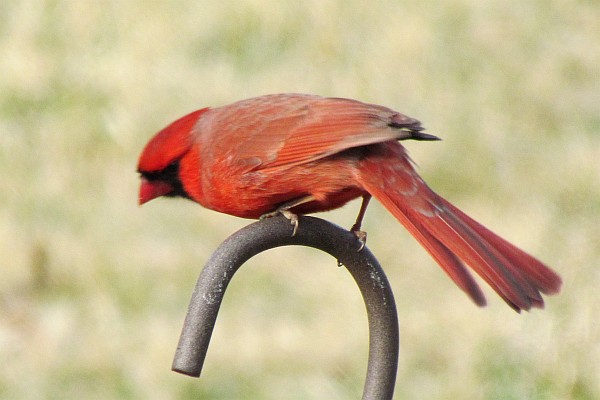
Male Cardinal (10-Feb-13; © Richard L. Bowman)
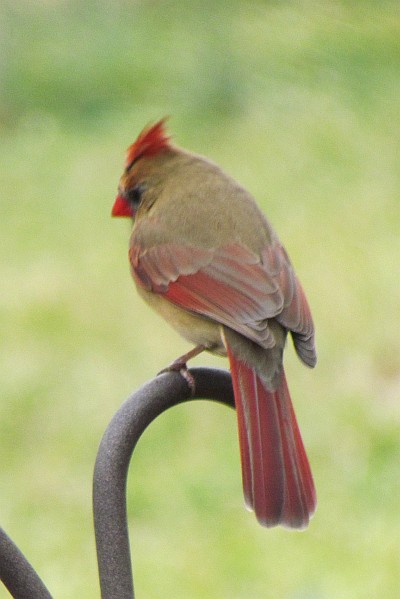
Female Cardinal (8-Feb-13; © Richard L. Bowman)
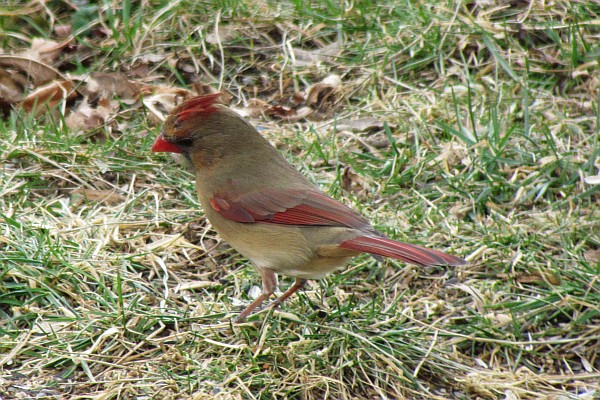
Female Cardinal (8-Feb-13; © Richard L. Bowman)
Mourning Doves have been a regular around our house in Harrisonburg, VA, for years. They methodically snack on the seeds that fall from our feeders to the ground and seem unfazed by other birds flying to and from our feeders. However, on occasion we have seen them defending their territory against the likes of Blue Jays.

Mourning Dove (9-Feb-13; © Richard L. Bowman)

Two Mourning Doves (8-Feb-13; © Richard L. Bowman)
While they are satisfied to eat off of the ground under our feeders, they like to sit on the electrical wire that runs between poles across our backyard. In reasonable weather they just sit there.

Mourning Dove on Electrical Wire (8-Feb-13; © Richard L. Bowman)
In cold, blustery weather they will fluff up their feathers to trap air pockets of warm air like insulation. The photo below was included in last months blog.

Mourning Dove on Electrical Wire (with ruffled feathers for warmth) (27-Jan-13; © Richard L. Bowman)
But even bare deciduous trees, as seen below, do not provide enough of refuge from the cold.

Mourning Dove in Treee (with ruffled feathers for warmth) (8-Feb-13; © Richard L. Bowman)
The Mourning Dove is not the only one that is trying to keep warm. Below is a House Finch following the same procedure..
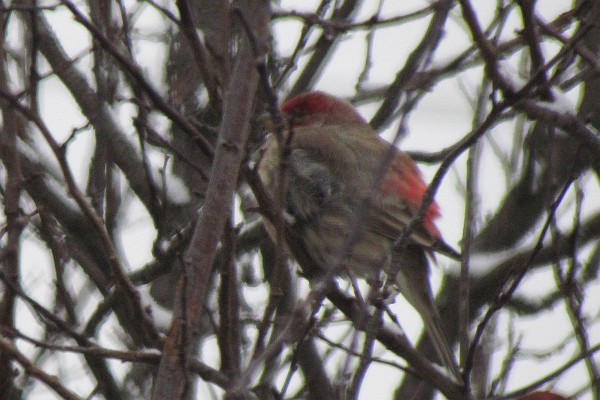
House Finch (with ruffled feathers for warmth) (8-Feb-13; © Richard L. Bowman)
For more information on how birds keep warm in winter, check out the article on this at the Annenberg Learner's web site, "Journey North." See it at:
http://www.learner.org/jnorth/tm/robin/keep_warm_winter.html
Check back often. I'll try to post new photos at least once a week.
While my Elsie (my wife) and I were visiting with one of our daughters and her husband and children last week in Landisville, PA, I was glad to get closer to a Carolina Wren than I have at our house in Harrisonburg, VA.

Carolina Wren (28-Jan-13; © Richard L. Bowman)
--©2013, Richard L. Bowman